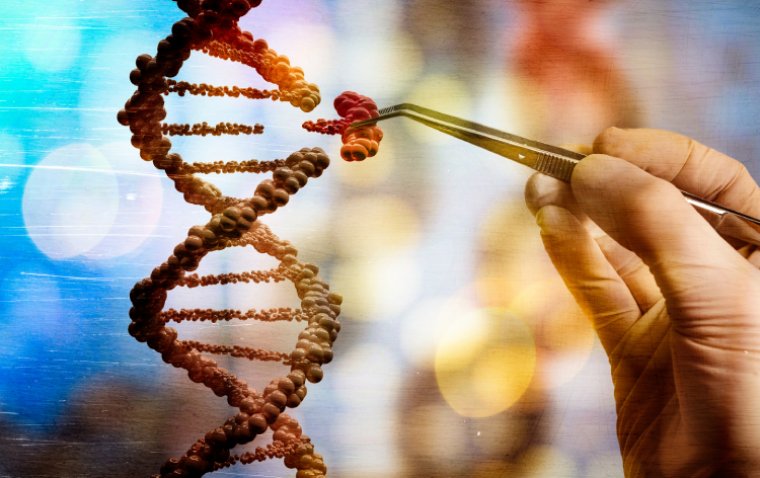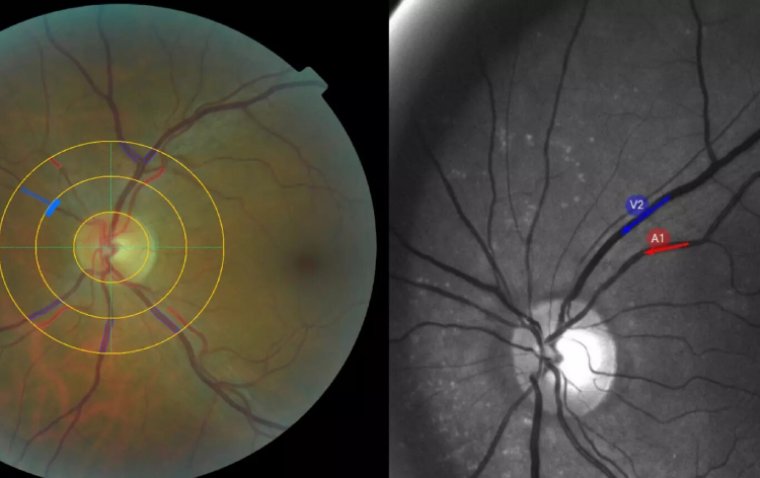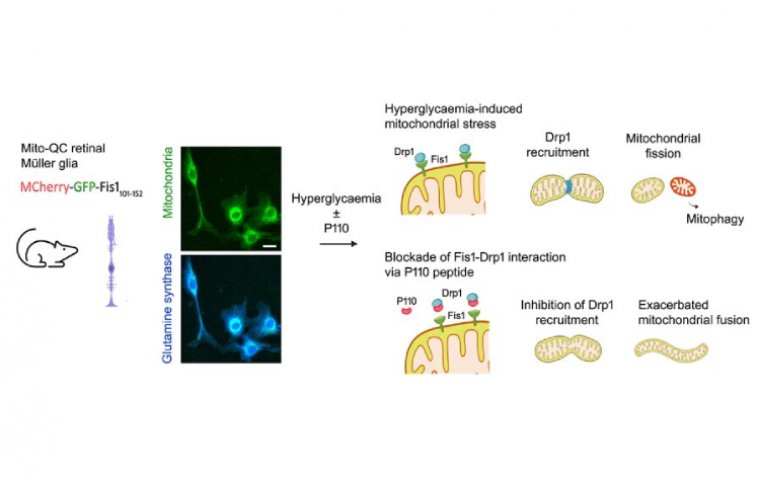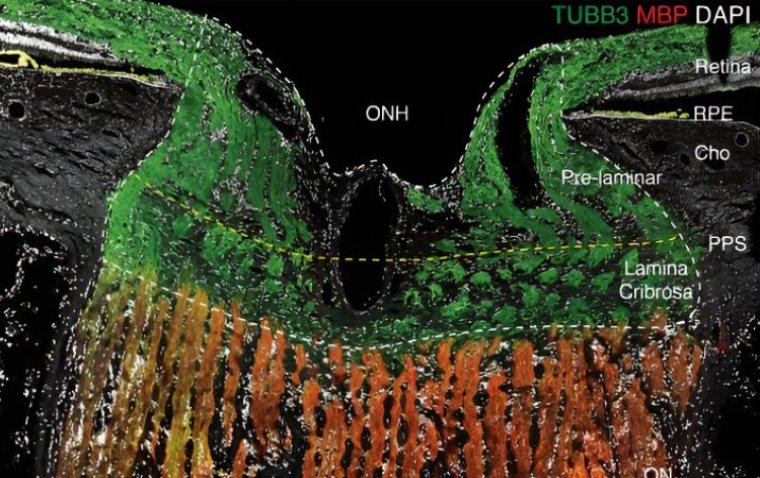
Novel Gene Editing Method Shows Promise in Treating Genetic Eye Disorders
Researchers at the Broad Institute of MIT and Harvard have made a breakthrough in gene editing technology, introducing a new method for delivering prime editing tools into cells of living animals. This advancement, detailed in a study published in Nature Biotechnology, showcases the use of engineered virus-like particles (eVLPs) to transport prime editors with high efficiency, potentially rescuing genetic disorders in mice.
Prime Editing: A Versatile Solution for Genetic Mutations
Prime editing, known for its ability to correct a wide array of disease-causing genetic mutations, has now been effectively utilized in living organisms. By adapting eVLPs, originally designed to carry base editors, researchers have significantly increased the editing efficiency of prime editing tools. This method successfully corrected mutations in mouse models of genetic blindness, partially restoring vision, and demonstrated safe application in the mouse brain without off-target effects.
Innovative Delivery System Overcomes Previous Challenges
The prime editing system, consisting of a Cas9 protein, a prime editing guide RNA (pegRNA), and a reverse transcriptase, has faced challenges in delivery to living cells. The study's senior author, David R. Liu, PhD, highlighted the novelty of this approach, stating, "This study represents the first time to our knowledge that delivery of protein-RNA complexes has been used to achieve therapeutic prime editing in an animal."
Engineering Breakthroughs Enhance Editing Efficiency
To overcome the limitations of traditional delivery methods, the research team re-engineered both the eVLPs and the prime editing machinery. This comprehensive redesign improved packaging, release, and delivery of the editing components, resulting in a dramatic increase in editing efficiency. "When we combined everything together, we saw improvements of roughly 100-fold compared to the eVLPs that we started with," said Liu.
Promising Results in Animal Models
The efficacy of this new delivery system was tested in mice with genetic mutations causing retinitis pigmentosa and a form of blindness known as Leber congenital amaurosis (LCA). The edited eVLPs corrected the mutations in up to 20 percent of the retina cells, offering partial vision restoration. Additionally, successful gene editing was achieved in the brains of living mice, marking a significant step forward in gene therapy.
Future Directions: Expanding the Reach of Gene Editing
With these promising results, the researchers plan to further refine the eVLP technology to target other tissues and diseases. Liu expressed optimism about the future of gene editing, emphasizing the importance of delivering editing machinery as proteins to minimize potential side effects. This study not only opens new avenues for treating genetic disorders but also sets a precedent for the safe and efficient delivery of gene editing tools.
Retinitis Pigmentosa and Leber Congenital Amaurosis
Retinitis pigmentosa (RP) and Leber Congenital Amaurosis (LCA) are two genetic disorders that lead to progressive vision loss and blindness. RP is characterized by the gradual degeneration of the retina, affecting the rod and cone cells responsible for light perception, leading to night blindness and a narrowing field of vision over time.
LCA, on the other hand, is a more severe form of inherited retinal dystrophy that presents at birth or in early infancy. It results in significant visual impairment due to mutations affecting the development and function of the retina. Both conditions are caused by genetic mutations, and while they differ in onset and severity, they share the common outcome of drastically reducing the quality of life of affected individuals through the progressive loss of vision.
References
An, M., Raguram, A., Du, S.W. et al. Engineered virus-like particles for transient delivery of prime editor ribonucleoprotein complexes in vivo. Nat Biotechnol (2024). https://doi.org/10.1038/s41587-023-02078-y
Engineered particles efficiently deliver gene editing proteins to cells in mice. Broad Institute. Published January 11, 2022. Accessed March 8, 2024. https://www.broadinstitute.org/news/engineered-particles-efficiently-deliver-gene-editing-proteins-cells-mice
New CRISPR genome editing system offers a wide range of versatility in human cells. Broad Institute. Published October 21, 2019. https://www.broadinstitute.org/news/new-crispr-genome-editing-system-offers-wide-range-versatility-human-cells
(1).jpg)










